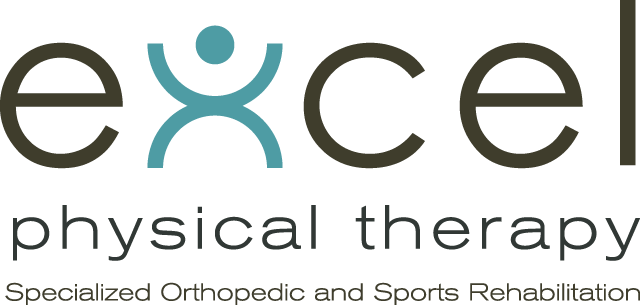by David Coletta, MPT,CMPT
Headaches can take on many forms and be the source of major disability in the general population. 20% of all visits to a Neurologist in the United States are made because of headache complaints. Major classifications of this diagnosis include migraines, tension headaches, and cervicogenic headaches. As a physical therapist, specializing in the evaluation and treatment of musculoskeletal dysfunctions, I am particularly familiar with the cervicogenic headache.
These patients will present with one sided head or face pain, an aggravation of headaches with neck movements or sustained poor postures, and decreased neck range of motion. Often there is a past history which includes some kind of mild to moderate trauma to the neck. These traumas can be recent or many years in the past. Patients also commonly complain of neck pain, which moves up into the head.
With cervicogenic headaches, pain is felt in the head because the brain and spinal cord become mixed up with interpretation of symptom location. The actual source of pain is a musculoskeletal structure in the neck (muscle/joint/disc/ligament), which is experienced by the patient as pain in the head. Although the patient will often feel both pain in the neck and head with a neck structure as the source of symptoms, head pain alone is not uncommon.
A manual physical therapist, using hands-on techniques to evaluate and treat the neck is the best choice for tackling cervicogenic headaches. Treatment often includes mobilization or manipulation the neck, soft tissue massage, targeted stretching and strengthening exercises, and patient education. If you are or someone you know has what seems like a cervicogenic headache, contact us to make a positive step towards resolving the problem.
